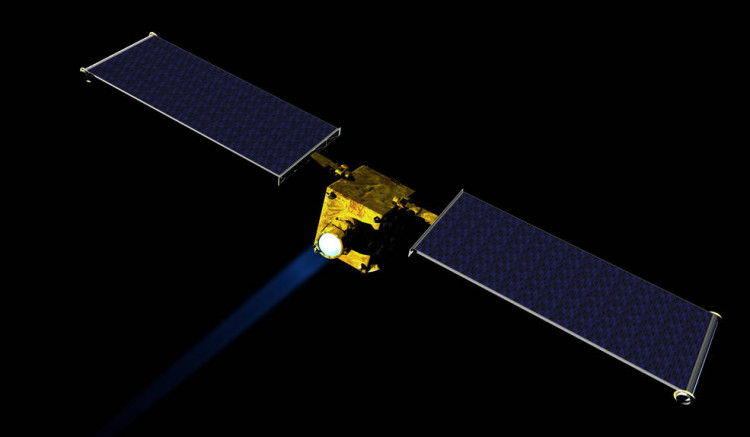The stages of NASA's Double Asteroid Redirection Test (DART) mission are nearing completion, and the countdown will begin as the launch window opens in November.
The mission's objective is to target an asteroid and develop a proven system capable of deflecting asteroids that may come close to Earth.
The DART mission, which is overseen by NASA's Planetary Defense Coordination Office, involves launching a pair of satellites to the Didymos binary, a pair of asteroids that are quite close together. Didymos is a single asteroid with a 160-meter "moonlet" in its orbit. It's around 780 meters across.
Because the moonlet is more typical of the type likely to threaten Earth - there are more asteroids that size and are difficult to detect - NASA will test the prospect of intercepting one by slamming into it at nearly 15,000 miles per hour. This will only impact the moonlet's speed by a fraction of a percent, but it will have a noticeable effect on its orbit period.
Knowing just how much will help us plan any future asteroid-deflection missions - not surprisingly, there isn't a lot of existing science on smashing a spacecraft into space rocks.
A companion spacecraft, known as the Light Italian CubeSat for Imagine Asteroids, or LICIACube, was just completed last week and will be launched shortly before the operation, attempting to fly by at the exact moment of impact and capture "the resultant plume of ejecta and possibly the newly-formed impact crater."
To monitor the trip, the shuttle will be outfitted with an array of onboard cameras as well as self-sufficient navigation software.
The intercept is planned for late September 2022, when the Didymos system will be within 11 million kilometers of Earth, allowing ground-based observatories and planetary radars to see it.
Earth authorities are getting very skilled at reaching out and touching asteroids, thanks to missions like Osiris-Rex and Japan's Hayabusa-2.
To be fair, this is a really exciting and interesting mission, but it had to be postponed through its planned launch window this summer, and the new launch window begins on Nov. 23.
DART is set to take off from Vandenberg Air Force Base in Southern California at 10:20 p.m. on that date, riding atop a SpaceX Falcon 9.





